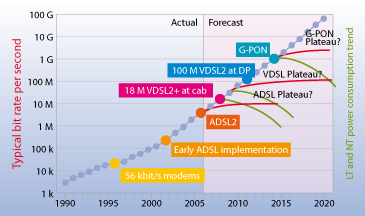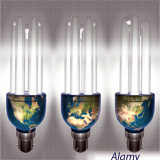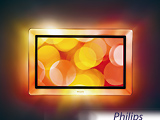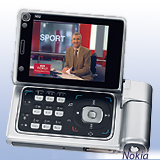|
ICTs as a clean technology |
|
||||||||||||
|
The key to combating global warming is to stabilize and eventually reduce GHG emissions. The main output of the ICT sector is information rather than physical goods (“bits”, not “atoms”), a concept sometimes referred to as “dematerialization”. Thus, ICTs can contribute greatly to developing new efficient technologies and to reducing the global GHG emissions that emanate from other sectors of the economy. Reducing carbon emissions will require changes in lifestyle and behaviour, but changes in management practices can also have a positive impact. ICTs can help with this, either:
ITU has already demonstrated its interest in climate change and environmental issues, for example with the approval, in 1996, of Recommendation ITU–T L.24: “Classification of outside plant waste”. This Recommendation recognizes the effects which “exotonic” waste products could have on human beings and nature, and suggests studies of alternative materials that would respect the environment. In December 2007, ITU–T’s Telecommunication Standardization Advisory Group (TSAG) advised the Director of the Telecommunication Standardization Bureau (TSB) to provide, in a systemic way, the necessary standards to implement and monitor climate change, including through carbon reduction in other sectors of the economy. Moreover, TSAG encouraged the drafting of a Question relating to the reduction of GHG emissions through the implementation of ITU–T Recommendations for the 2009–2012 quadrennial, together with a draft resolution on ICTs and climate change, for consideration by the World Telecommunication Standardization Assembly in October 2008. All ITU–T study groups are encouraged to evaluate existing and new Recommendations to identify their impact on climate change and demonstrate, in a way that is measurable, how such Recommendations contribute to the reduction of GHG emissions in the production and use of equipment. One good example is provided by next-generation networks (NGN), a new type of communications network that has been a major focus of ITU’s work in recent years. NGN are expected to reduce energy consumption by 40 per cent, compared to today’s PSTN technology. The savings will be achieved in a number of ways, including:
The ICT industry is already taking steps to reduce CO2 emissions. For instance:
The application of ITU Recommendations, especially those that relate to energy saving in ICT equipment, can go a long way to generating savings of greenhouse gas emissions in the ICT sector. ITU–T Study Group 15 has developed an energy-saving checklist for standards development. As shown in Figure 2, the transmission capacity of different generations of access network technology is doubling almost every year. The challenge is to achieve continually rising transmission capacity while stabilizing, or reducing, the power requirements.
Already, new radio technologies — such as digital modulation for broadcasting and ultra-wideband (UWB) employing extremely low power, smart antennas — are reducing power requirements and, consequently, greenhouse gas emissions. All ITU–R study groups are concentrating their studies not only on increasing service quality and the efficient use of the radio spectrum, but also on energy saving and reduction of power consumption. For instance, the Regional Radiocommunication Conference 2006 (RRC-06), which involved 120 countries, developed a new digital broadcasting Plan GE06. The Plan envisages significant reduction (almost 10 times) of transmitter power due to the use of digital modulation. Moreover, the number of transmitters (there are tens of thousands of transmitters around the world with power of up to 100–150 kW each, most of them operating 24 hours a day) may be reduced due to the possibility of transmitting several television and sound programmes in one channel (instead of one television programme per radio-frequency channel).
|
|






